I bumped into this yellow fruit again the other day and was immediately told that it was highly poisonous. Apparently Solanum Linnaeanum is called Bolas del Dimoni by the Mallorcan country folks, as well as Metzines or Metzines de pometa. The Spanish call it Tomateras del diablo, Manzanillas or Pelotillas. The English call this plant Apple of Sodom or the Devil’s Apple. It took me a few days to find the plant on the Internet; here is the information I was able to gather:
Solanaceae are a moderately large family consisting of 90 or 91 genera and between 2,450 and 2,700 species, depending upon the source of information. The family is home to many plants familiar to most readers: Solanum (egg plant, potato, woody nightshade), Lycopersicon (tomato, now considered Solanum), Capsicum (peppers), Nicotiana (tobacco), and the decorative genera Schizanthus and Petunia. The most common genus in the family is Solanum itself with at least 1,250 species worldwide (quoted from floridata.com).
This plant forms rounded fruits, like small tomatoes but yellow, which are also very characteristic. It can be found on its own or forming little circular groups, generally near farming houses and country residences. It can be in flower most of the year round, but especially at the end of winter and spring. It is a poisonous plant and native to South Africa and the Mediterranean basin. In Spain, Solanum Linnaeanum is found in the Balearic Islands, but also in Alicante, Barcelona, Castellón, Gerona, Tarragona and Valencia (quoted from herbarivirtual.uib.es).
Mallorcan legend has it that this plant was occasionally used by ladies who wanted to rid themselves of their betrothed. A traditional Coca trempó could be prepared with tomatoes, green peppers, onion and garlic, all finely chopped and seasoned with salt and oil, with half a dozen Metzines tomatoes mingled well hidden amongst the other ingredients. Once baked it was very difficult to distinguish the pieces of Metzines; the victim would not notice anything unusual in taste. Upon eating the coca the person would suffer severe breathing difficulties, violent abdominal cramps, vomiting and severe diarrhea, leading to vomiting and defecating blood mixed with vomiting and diarrhea. One could even die from toxic hepatitis, pulmonary edema and cardiac arrest.
Please do not try this recipe at home and make sure not to feed such a coca to anybody.
The almost identical plant Solanum incanum contains saponin steroids, in particular glycoalkaloids. I can not vouch that the same is true for the plant described above. Many of the medicinal uses of Solanum incanum are based on its analgesic properties. Throughout tropical Africa a sore throat, angina, stomach-ache, colic, headache, painful menstruation, liver pain and pain caused by onchocerciasis, pleurisy, pneumonia and rheumatism are treated with Solanum incanum. For these purposes, leaf, root and fruit decoctions are gargled or drunk, roots are chewed and sap swallowed, leaf paste, root infusions and pounded fruits are applied externally or rubbed into scarifications, leaf sap is used for washing painful areas, and ash of burnt plants is mixed with fat and applied externally. For relief of toothache a root infusion is used as mouth wash, fruit or root is rubbed on the gums or smoke of burning seeds is inhaled. Hiccups are suppressed by licking a mixture of the ash of burned leaves and salt (quoted from prota.org).
Apparently, it was attempted to develop a mixture of the alkaloids solamargine and solasonine extracted from Solanum linnaeanum as a cancer drug. Preliminary clinical trials were initially promising but the drug was ultimately discontinued.

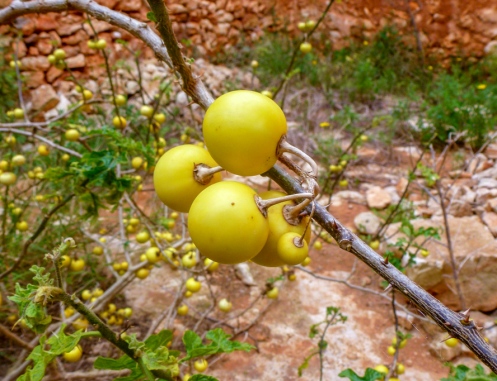
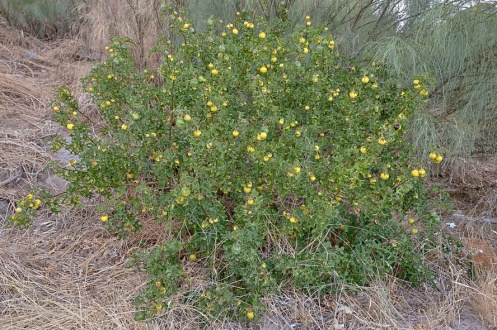
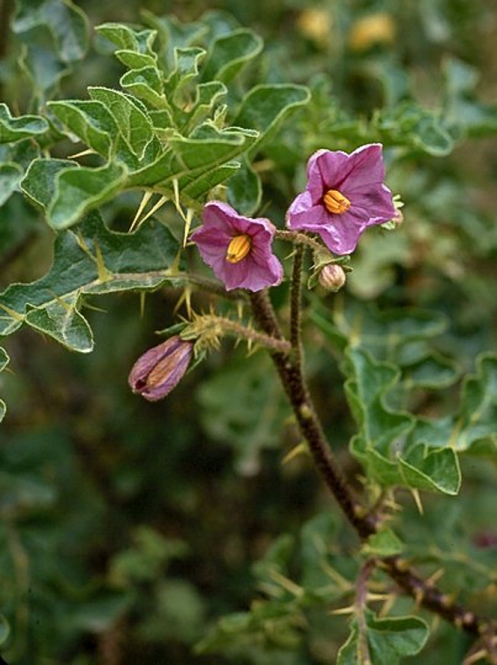
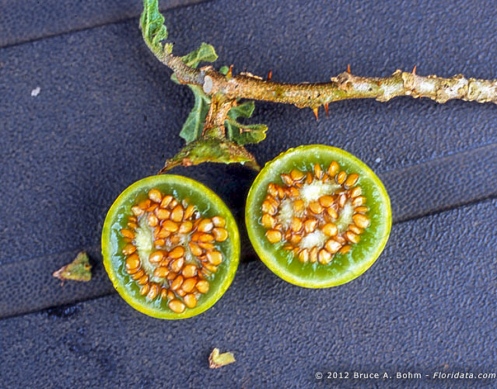

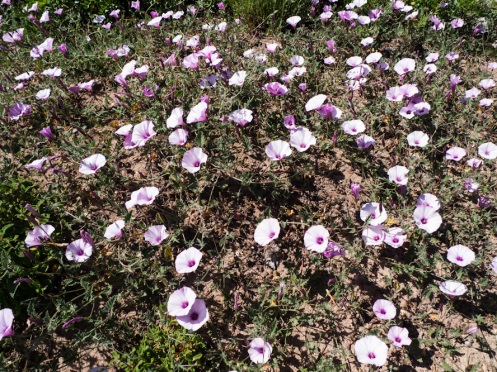
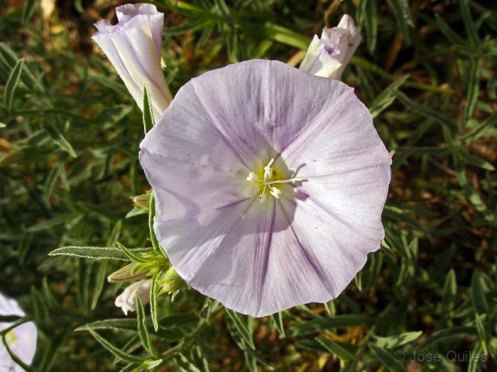
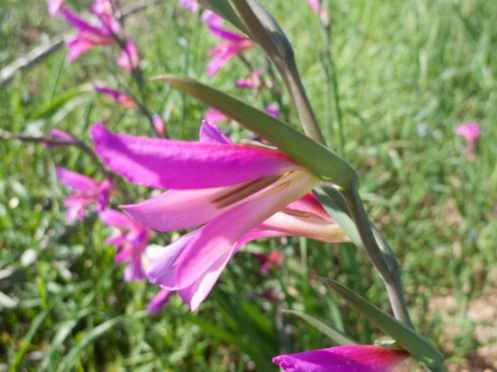
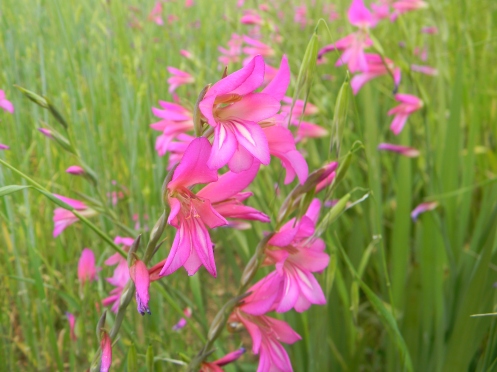
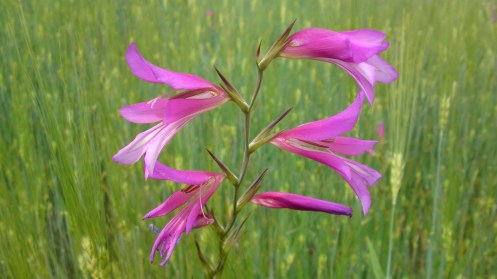


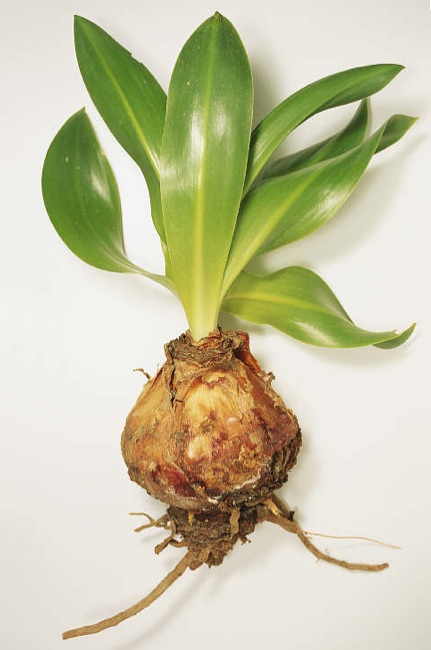
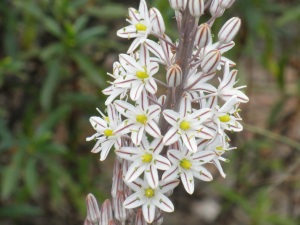
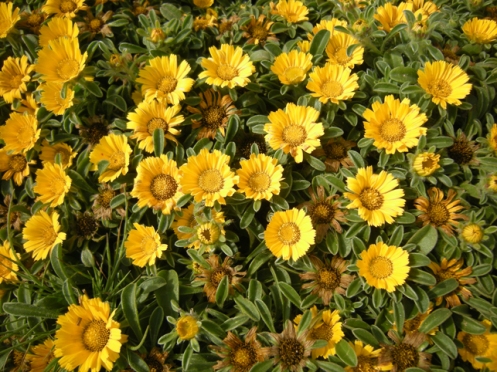
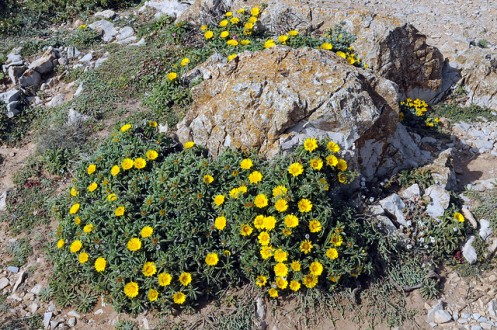
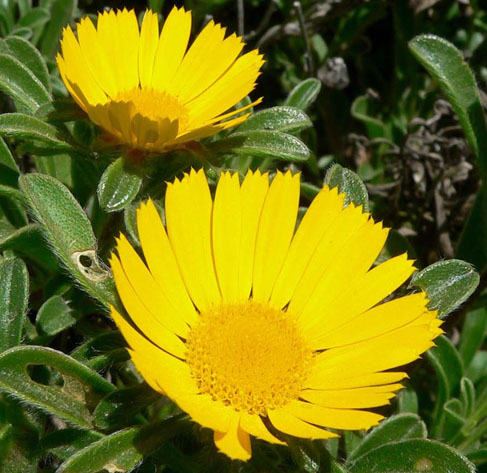
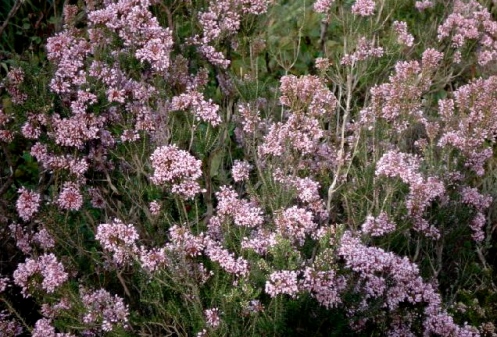
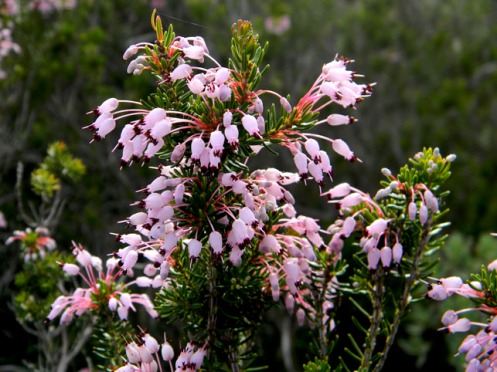
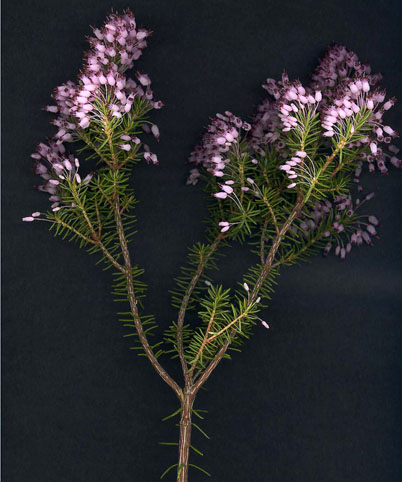
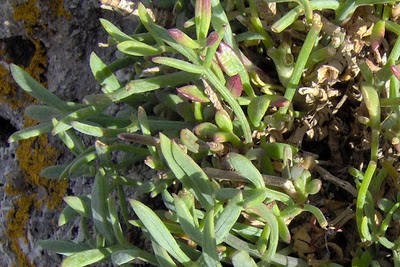
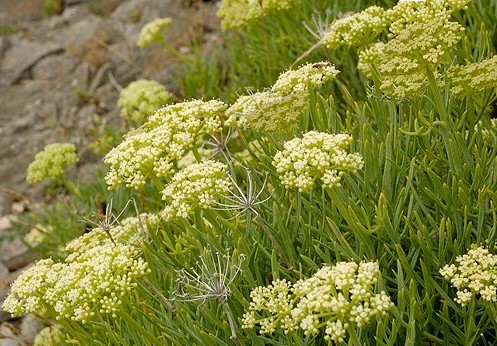
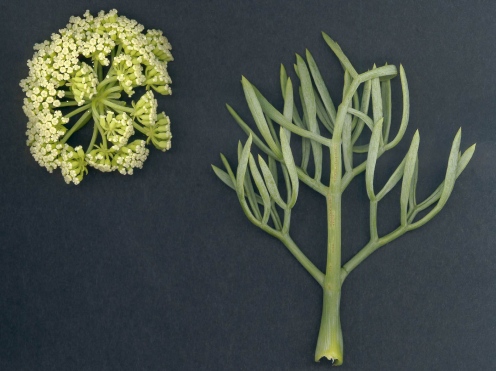
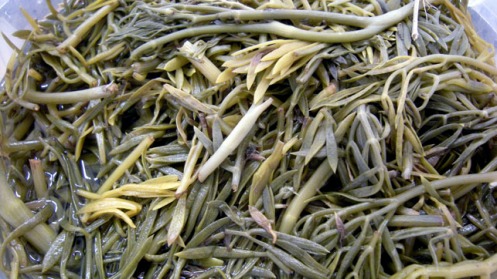
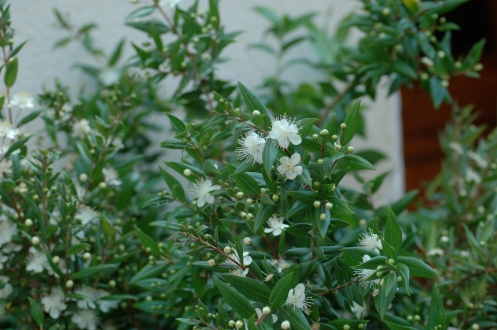
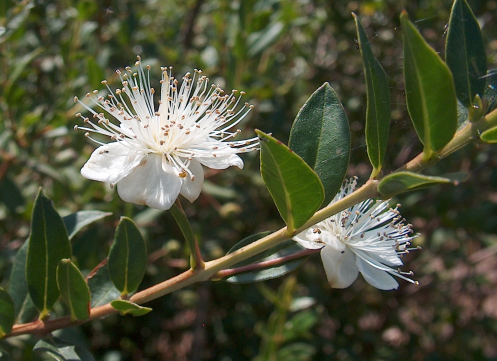
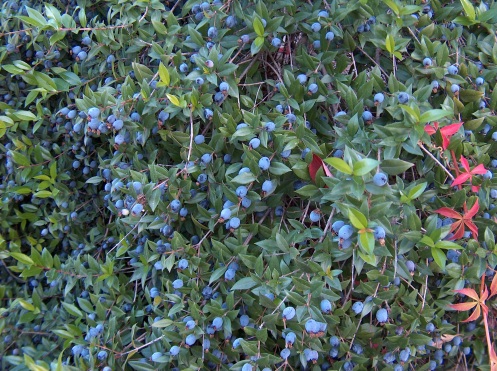
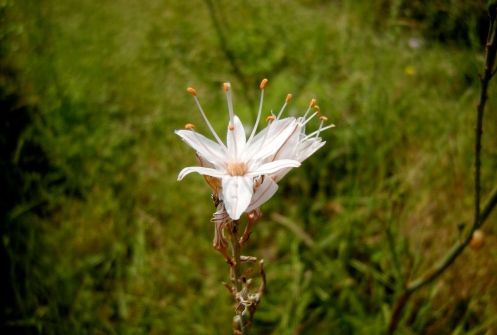
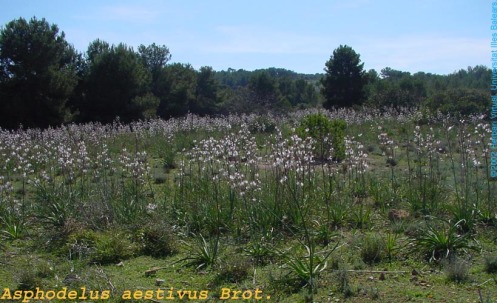
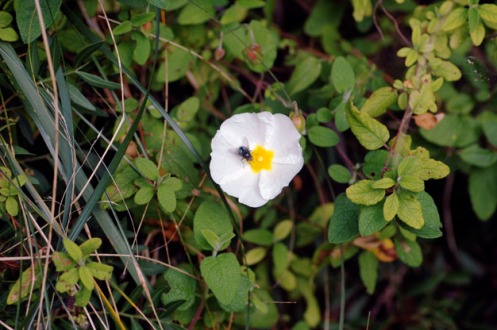

Recent Comments